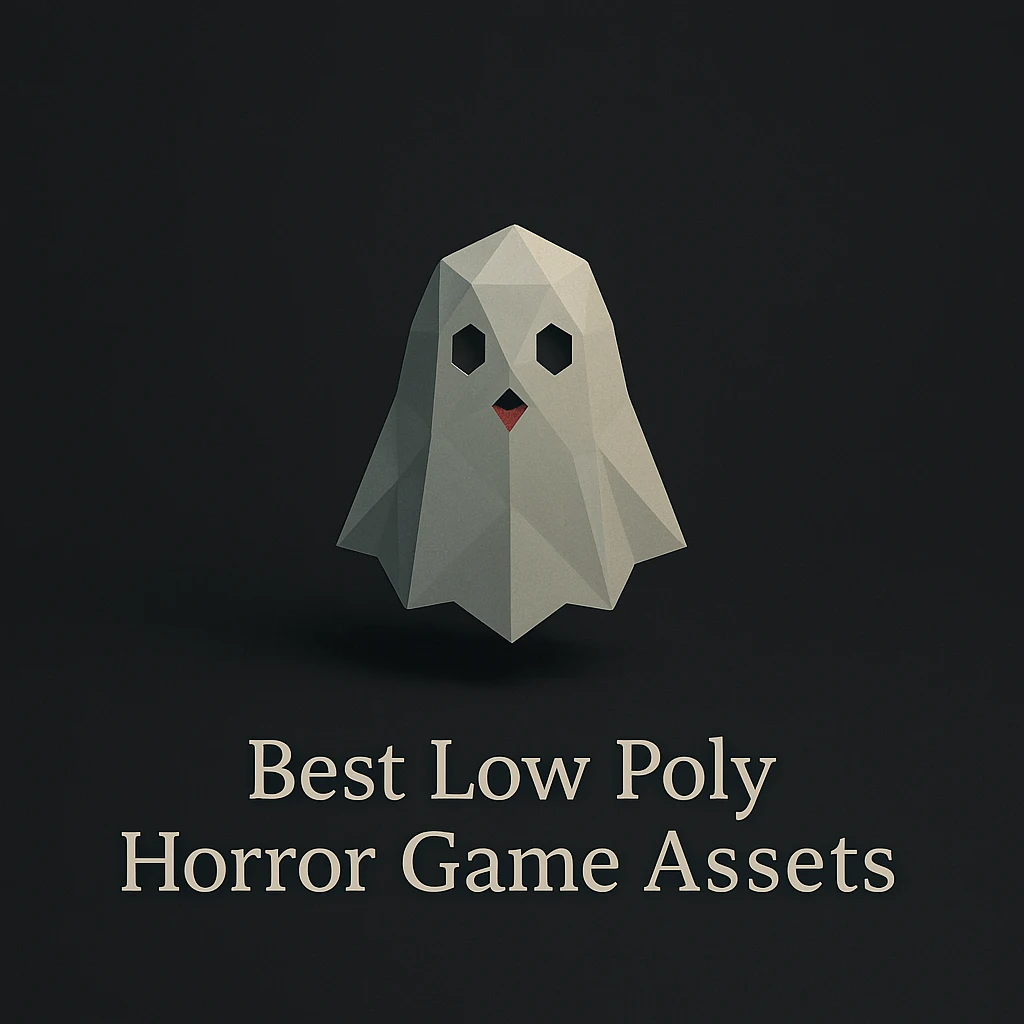Problems Faced By Indie Game Developers in Games Development, Games 3D Models & Their Solutions
by Animatics Asset Store in Blog on June 3, 2024Indie game development can be a rewarding journey, but it’s not without its challenges. From creating game 3D models to managing tight budgets, indie developers face numerous obstacles.
In this blog post, we will explore some common problems indie game developers encounter and provide solutions to help overcome them.
Limited Budget
One of the biggest hurdles for indie game developers is working with a limited budget. Creating a game, especially one with high-quality game 3D models, requires significant financial resources. This includes costs for 3D modeling tools, software licenses, and hiring skilled artists. This is one of the most common frequently faced problem by any independent game developer.
Solution
To manage budget constraints, indie developers can leverage free or affordable 3D modeling tools such as Blender. Additionally, using asset stores like the Animatics Asset Store can be a cost-effective solution. These platforms offer a variety of pre-made game 3D models that can save both time and money, allowing developers to focus on other aspects of game design.
Lack of Technical Skills
Many indie game developers may not have extensive technical skills in areas such as 3D modeling, texturing, and rigging. This can make it difficult to create high-quality game 3D models and other assets required for a polished game.
Solution
Developers can overcome this challenge by taking advantage of online tutorials and courses that teach 3D modeling, animation, and other essential skills. Websites like Udemy and Coursera offer affordable courses that can help developers improve their technical abilities. Furthermore, collaborating with skilled freelancers or joining game development communities can provide additional support and resources.
Time Management
Indie developers often juggle multiple roles, from programming and design to marketing and project management. This can lead to burnout and delays in game development, especially when trying to create detailed game 3D models.
Solution
Effective time management is crucial for indie developers. Using project management tools like Trello or Asana can help keep tasks organized and deadlines on track. Breaking down the game development process into smaller, manageable tasks can also make it easier to stay focused and productive. Outsourcing some tasks, such as creating game 3D models, to specialized artists can also free up time for developers to focus on other critical aspects of the project.
Creative Block
Maintaining creativity throughout the development process can be challenging. Indie developers may experience creative blocks, making it difficult to design unique game 3D models and engaging gameplay.
Solution
To overcome creative blocks, developers can seek inspiration from various sources such as playing other games, exploring different art forms, or taking breaks to recharge. Participating in game jams or collaborating with other developers can also spark new ideas and provide fresh perspectives. Keeping a sketchbook or digital journal to jot down ideas and concepts can help maintain a steady flow of creativity.
Quality Assurance
Ensuring that a game is bug-free and runs smoothly on different devices is another common challenge for indie developers. This includes optimizing game 3D models to ensure they don’t negatively impact performance.
The Solution
Implementing a thorough testing process is essential. This can include regular playtesting sessions, both internally and with external testers. Using automated testing tools can also help identify and fix bugs more efficiently. For optimizing game 3D models, developers can use techniques such as mesh optimization, reducing polygon count, and efficient UV mapping to improve performance without sacrificing visual quality.
Marketing and Visibility
Even the best indie games can struggle to gain visibility in a crowded market. Effective marketing is crucial, but many indie developers lack the resources and experience to promote their games successfully.
Solution
Developing a marketing strategy early in the game development process is key. Utilizing social media platforms, creating a website or blog, and engaging with gaming communities can help build an audience. Indie developers can also benefit from reaching out to influencers, attending gaming conventions, and submitting their games to indie showcases and competitions. Networking with other developers and industry professionals can also provide valuable exposure and opportunities.
Asset Creation
Another crucial face by an indie developer is creating all the necessary assets for a game, including game 3D models. It can be time-consuming and technically demanding. This is particularly challenging for small indie teams or solo developers.
Solution
Using 3D asset marketplaces like the Animatics Asset Store can significantly alleviate this problem. These platforms offer a wide range of ready-made assets that can be customized and integrated into the game, saving time and reducing the workload. Additionally, investing in procedural generation tools can help automate the creation of certain game elements, allowing developers to focus on refining their core gameplay mechanics.
Conclusion
Indie game development comes with its unique set of challenges, but with the right strategies and resources, these obstacles can be overcome. By leveraging affordable 3D modeling tools, seeking continuous learning, managing time effectively, and utilizing asset stores like the Animatics Asset Store, indie developers can create high-quality games and achieve their creative visions. Remember, persistence and adaptability are key to success in the ever-evolving world of game development.






